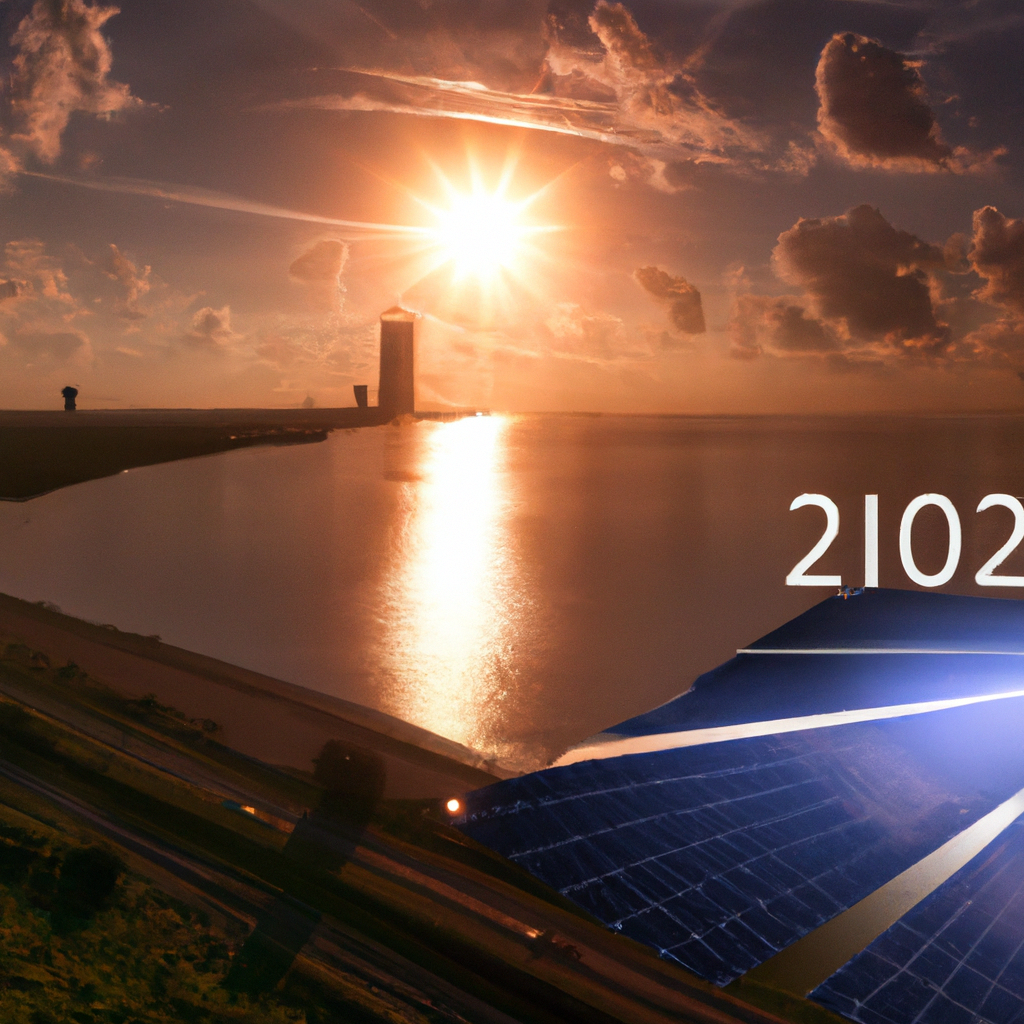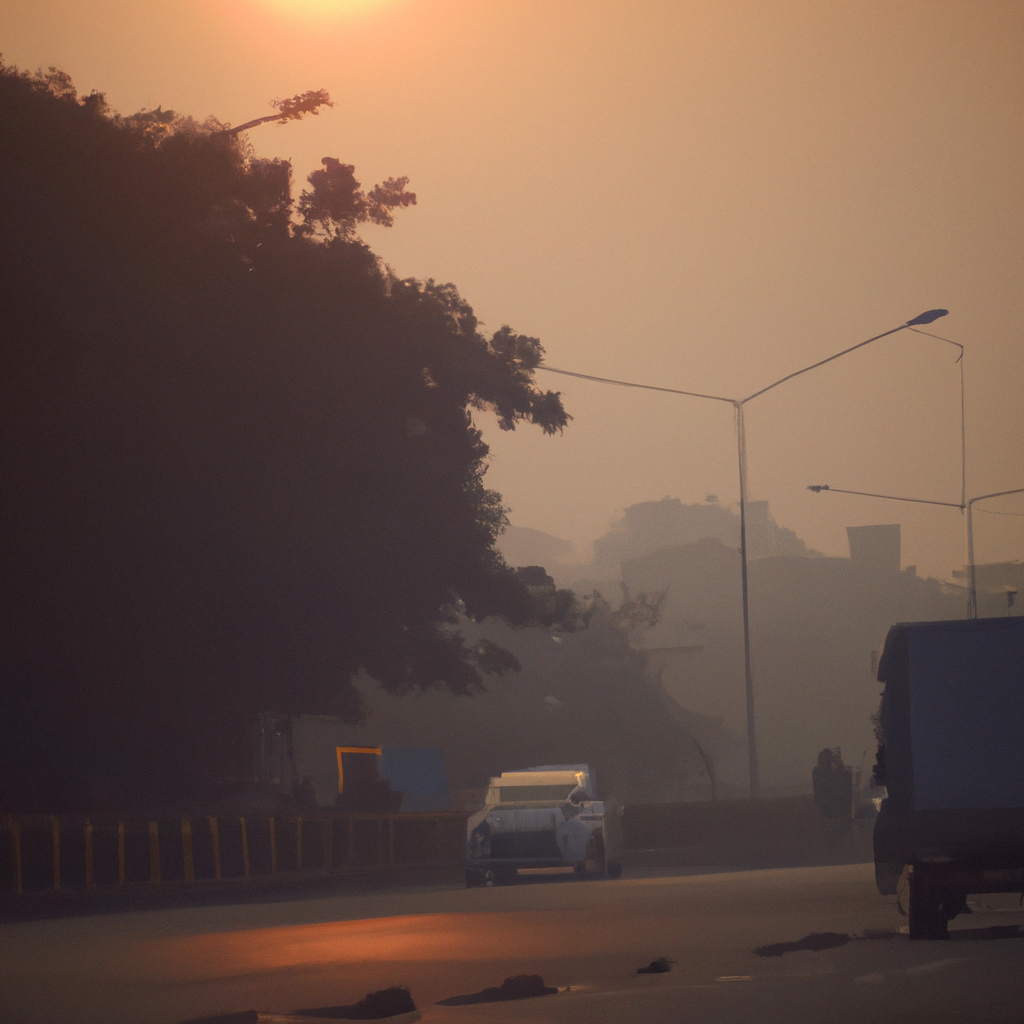Climate change is fuelling extreme and quick weather events, such as “flash droughts”, heavy downpours, and intensifying storms. Flash droughts occur when a lack of rainfall combines with high temperatures, sunny conditions, and low humidity, leading to faster evaporation and drying of the land. While not long-lasting or severely impacting water supplies, flash droughts can hinder farming activities. Increasing global temperatures mean these droughts may become more common and intense.
Climate change also affects rainfall patterns, causing increased variability with some regions becoming wetter while others drier. Extreme rain events are becoming more frequent, driven by increased moisture in the atmosphere and weather systems that force air to rise, resulting in sudden, heavy downpours that cause flash floods.
Even cyclones, or hurricanes, are intensifying more rapidly, often due to a combination of heightened sea surface temperatures, moist air, and consistent wind speeds. These factors are currently exacerbated by global warming as oceans absorb more heat and the air holds more moisture. A phenomenon known as “hyperintensification” of storms could pose risks to major population centers.
Australia is predicted to have a warmer, drier spring and summer potentially triggering flash droughts affecting farming and increasing fire risks. The quickening pace of these extreme weather events underlines how climate change doesn’t just increase their intensity, but also their speed.
Read source article here:
https://theconversation.com/faster-disaster-climate-change-fuels-flash-droughts-intense-downpours-and-storms-213242




